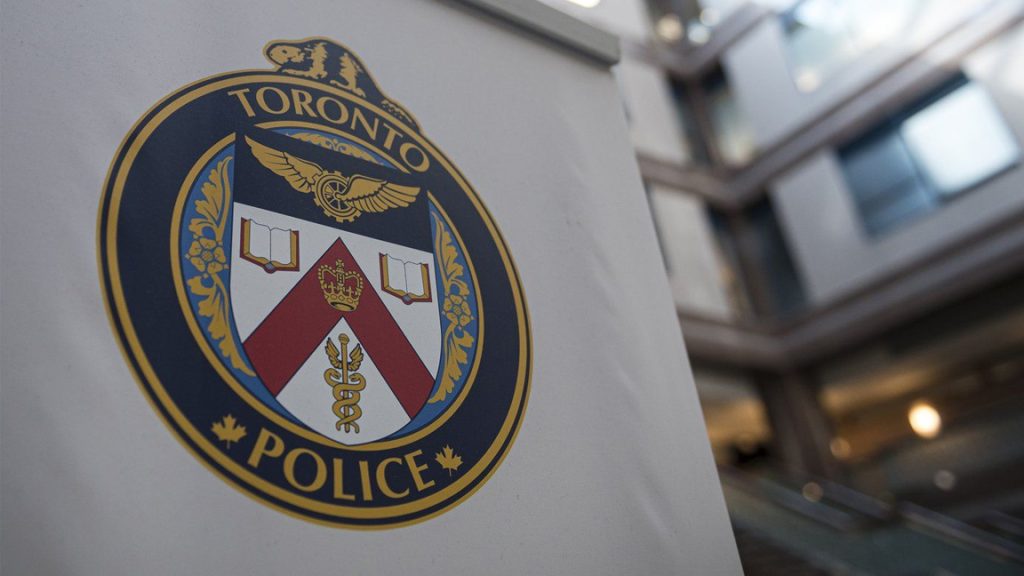Census 2011 release on languages: is multiculturalism stifling bilingualism?
Posted October 23, 2012 7:09 am.
This article is more than 5 years old.
Have the two forces that have defined Canadian culture for the past 40 years — multiculturalism and bilingualism — turned on each other?
The final release of 2011 census data this week will offer Canadians some insight into the answer.
On Wednesday, Statistics Canada will publish language data showing how many people speak English, how many speak French, and how many speak a myriad of other languages — a consequence of increasingly diverse immigration.
In the last census, in 2006, the number of people who called French their mother tongue was almost — but not quite — on par with the number of people who identify other languages as their first.
If the trend lines continue, as the experts expect they will, they could cross come Wednesday. Measured in terms of percentage of the total population in Canada, French is expected to continue its long, slow decline as a mother tongue and “other” languages will continue their ascent, with the number of allophones — those with a mother tongue other than Canada’s two official languages — surpassing their francophone counterparts.
So have we reached the point where the twin forces unleashed during the 1970s are now competing forces, with multiculturalism drowning out bilingualism?
Canada’s commissioner of official languages understands well the temptation to answer that question with a “Yes ” — especially if you’re a francophone in Quebec. But in fact, Graham Fraser said in an interview, the answer is “No.”
Fraser draws his answer from the Royal Commission on Bilingualism and Biculturalism that was published in 1969. It was the report that set Canada on the path of becoming a country defined by bilingualism and multiculturalism, two policies that were “linked at birth, if you like: the Siamese twins of Canadian social policy,” Fraser said.
At the time, there was a push to give Canada a third official language: Ukrainian. There were about 450,000 Ukrainian speakers in the 1950s, Fraser recounts. By 1981, there were about a tenth as many.
“It’s an indication how rapidly language usage can change,” Fraser said. “There has not been that kind of change in francophone communities.”
Other languages and cultures have always been popular in Canada, and in some communities those third languages are in the majority, he continued.
But no single “other” language is giving French or English a run for predominance across the country or even in a single region. And none of those languages has the staying power of French or English.
“Historically, the pattern in Canada has been that immigrant community languages do not survive to the third generation as a language spoken at home,” Fraser said.
But at the same time, he said he understands why there is deep angst in Quebec, especially among francophones on the island of Montreal, where languages from around the world are heard as often as French.
Again, he turns to history to explain the discontent. Francophones in Quebec had to struggle long and hard to hear their language used in the workplace and on the street.
“There is a sense that the gains they have made over the last 45 or 50 years are fragile in the context of globalization,” Fraser said.
That angst was taken too far by the Parti Quebecois during the recent Quebec election campaign when newly elected Premier Pauline Marois proposed limiting access to English junior colleges, he added.
Such proposals are “misplaced,” Fraser said, adding that he’s keeping a close watch to make sure nobody’s rights are trampled on.
A major chunk of Statistics Canada’s analysis on Wednesday will focus on languages used in the Montreal area, where immigrants have flocked downtown while established francophones move to the suburbs.
Statscan will also look beyond just mother tongue, to see what official language newcomers choose, and how much English and French are used in people’s homes.
Such information is crucial to understanding the vitality of French and English in a Canada that accepts about 250,000 immigrants a year, said Fraser. If immigrant communities in Quebec are increasingly turning to French as their main official language, that goes a long way towards creating a thriving French community.
The census will also shine a light on the diversity of linguistic make-up of major cities across the country, since immigrants are concentrated in urban areas.
Chinese languages led the way as a third tongue in 2006, and remain predominant in Canada, said Doug Norris, chief demographer for Environics Analytics and a former Statistics Canada census manager.
But Norris said he also expects to see a surge in Tagalog, the Filipino language, since immigration from the Philippines has been on the rise.
He will also be watching the count of aboriginal language speakers closely too, to see if recent efforts to revive indigenous languages have had any effect.
In one way, Canadians will have more thorough language data than ever before, Norris said. That’s because in the past, language questions were only on the long-form census that went to one-fifth of households.
After Prime Minister Stephen Harper cancelled the mandatory long-form and replaced it with a voluntary survey, francophone-rights groups and the language commissioner challenged Harper.
They won the day, and Ottawa was persuaded to include languages on the mandatory short form that must be filled out by everyone.
In the past, the language data was complemented by other long-form data such as immigration, citizenship, migration and mobility. Since that extra information was gleaned from the long form but didn’t migrate to the short form along with language, it will not be available on Wednesday.
Instead, census-watchers will have to wait until the voluntary national household survey data is released next year to see if that information will be of much use.










